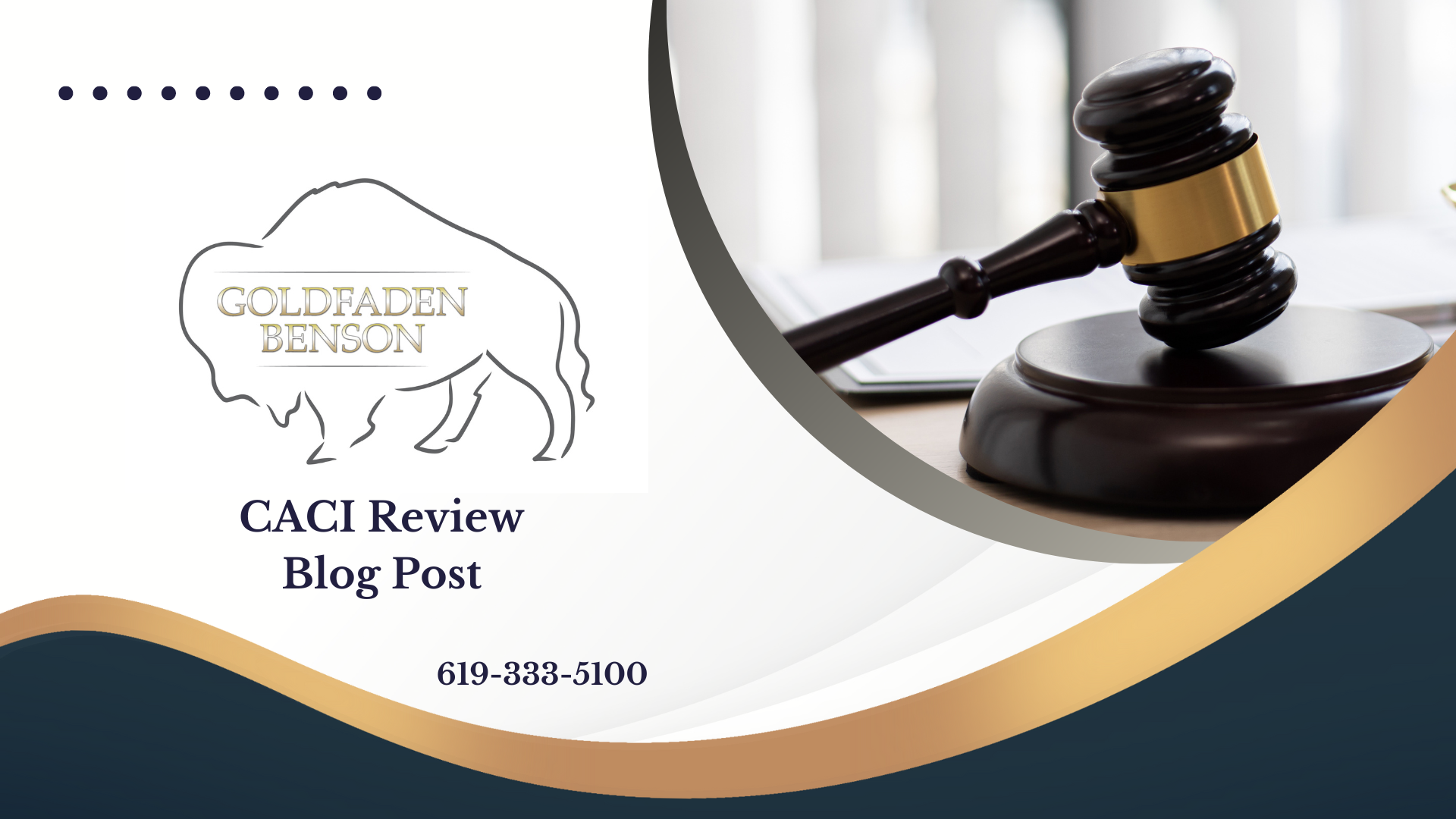Understanding Wrongful Foreclosure in California
When someone loses their home due to a foreclosure, it can feel like a punch to the gut. You might wonder, they followed the rules—right? Unfortunately, that isn’t always the case. In California, wrongful foreclosure can occur when a lender or trustee incorrectly uses their authority to seize someone's property. This post will help you understand what needs to be proven for a successful claim of wrongful foreclosure.
What is Wrongful Foreclosure?
Simply put, wrongful foreclosure happens when a lender improperly forecloses on a property. Maybe they didn’t follow legal procedures or are trying to collect a debt that isn’t valid. It’s crucial to grasp these elements to navigate the situation effectively.
What Must Be Proven
To prevail in a wrongful foreclosure claim, a plaintiff must demonstrate six essential elements:
1. **Foreclosure Sale**: The defendant (the lender or trustee) caused a foreclosure sale of the plaintiff’s home or real property.
2. **Wrongfulness of the Sale**: This sale must be shown to be wrongful, supported by evidence of illegality, fraud, or willful oppression.
3. **Tender of Amounts Due**: The plaintiff must have either tendered all amounts owed under the loan or was excused from doing so. Tender refers to the act of offering payment of the amount due on the loan.
4. **Compliance With Loan Conditions**: The plaintiff should show they were not materially in breach of any other important part of the loan agreement that would justify the foreclosure action.
5. **Harm Suffered**: The plaintiff must establish that they suffered harm, typically the loss of the property in question, owing to the foreclosure.
6. **Causation**: Finally, there must be evidence that the actions of the defendant were a substantial factor in causing this harm to the plaintiff【6:1†source】【6:6†source】.
Real-World Example
Consider a homeowner who faces foreclosure because they are behind on their payments. If they can show that the lender failed to provide proper notice, did not follow appropriate procedures, or attempted to collect more than what was owed, they might have a case for wrongful foreclosure. The loss of their home, accompanied by these failures, could lead to significant financial and emotional distress. Understanding these scenarios is essential in figuring out if legal action is necessary.
Why This Matters
Knowing the specifics of wrongful foreclosure is critical not only for potential plaintiffs but also for those who wish to be informed about their rights in any foreclosure situation. If you feel your home is at risk and believe legal missteps have occurred in the foreclosure process, understanding this information can empower you.
Get Support
If you're dealing with a potential wrongful foreclosure situation and have questions about your rights, Goldfaden Benson is here to help. Our team specializes in personal injury claims and consumer protection. Reach out today to learn more about your options and how we can assist you in navigating this challenging situation.
Taking the right steps is crucial when it comes to protecting your home. Don’t hesitate—contact us for more information on wrongful foreclosure and your legal rights in California.








